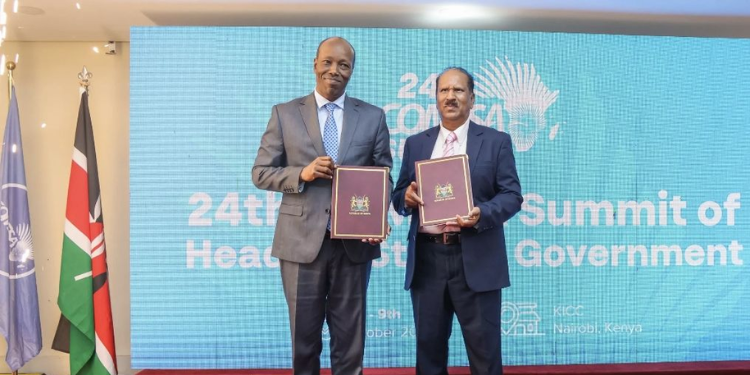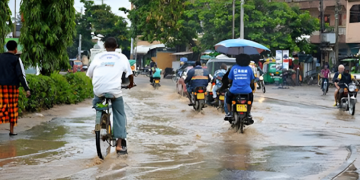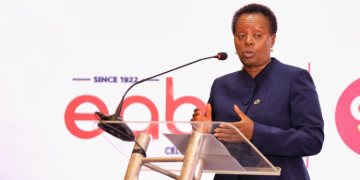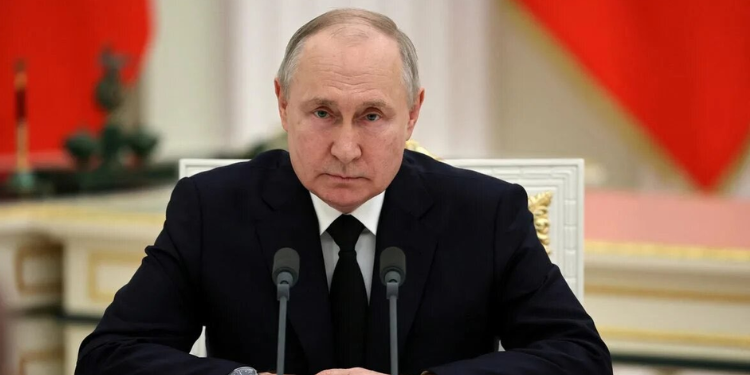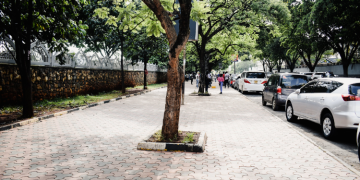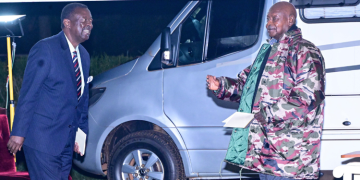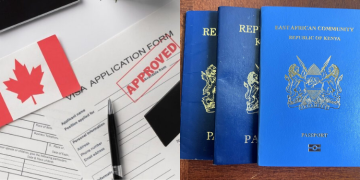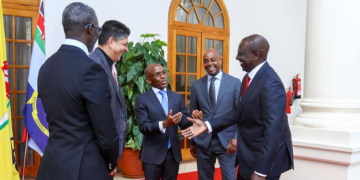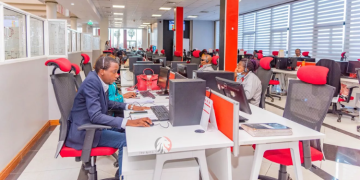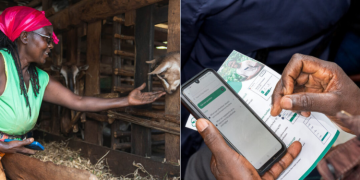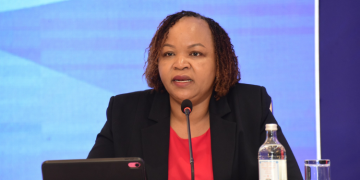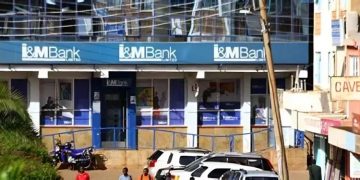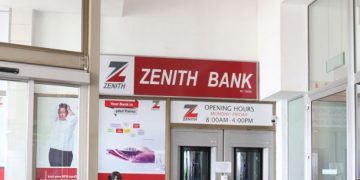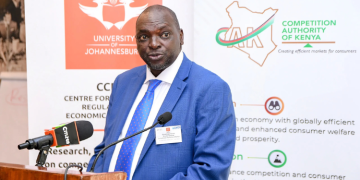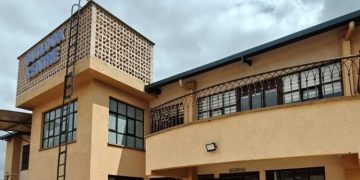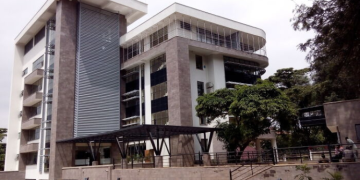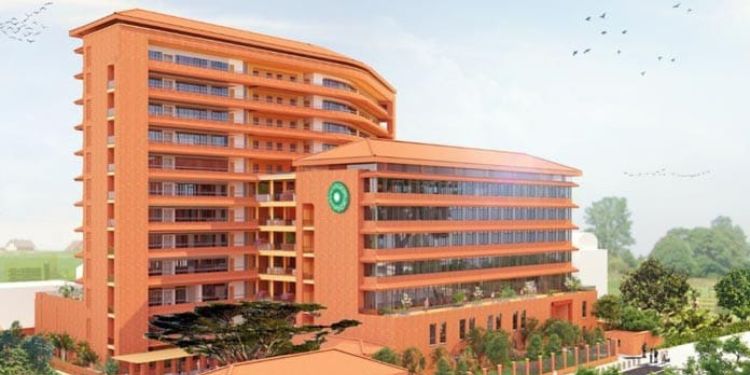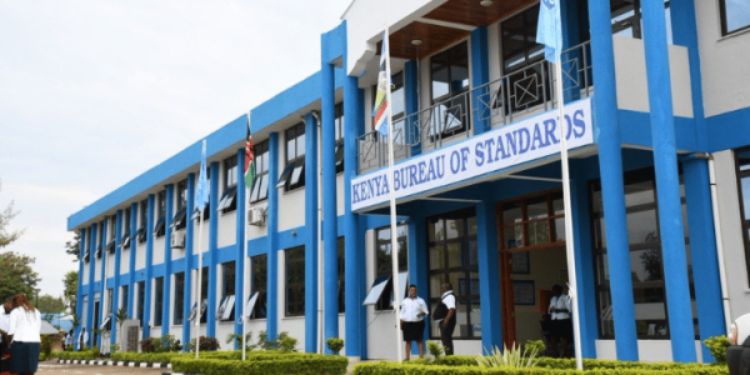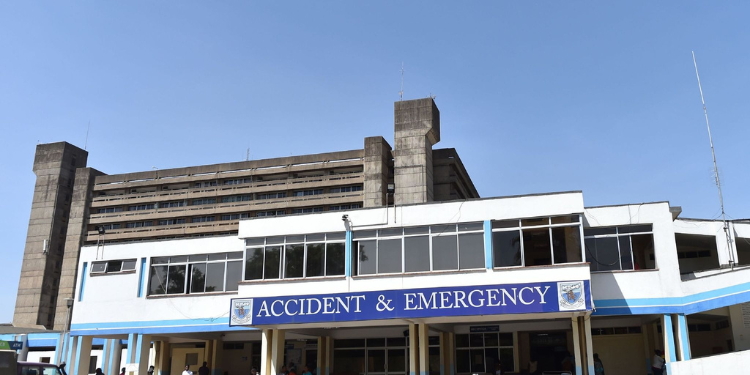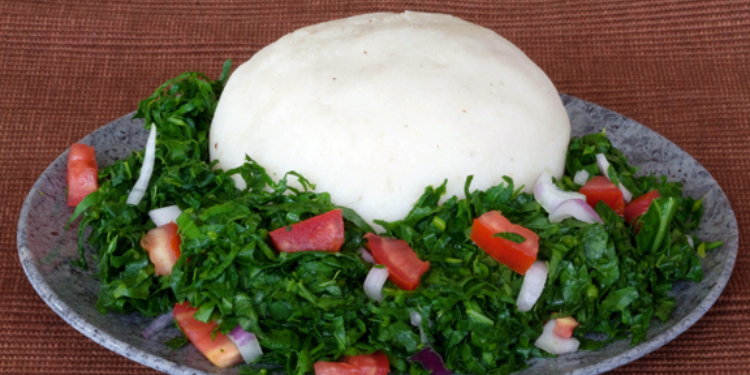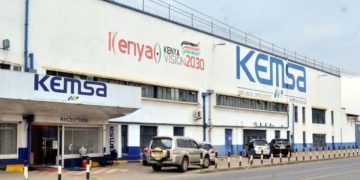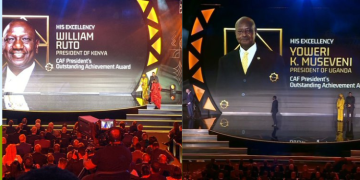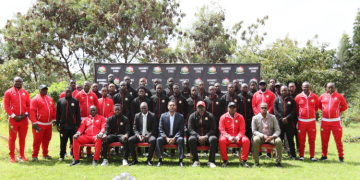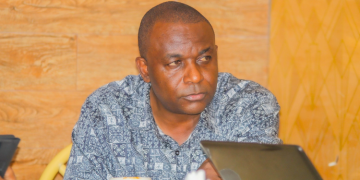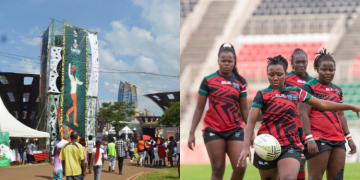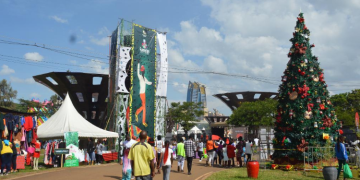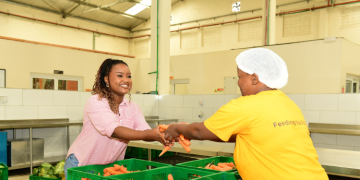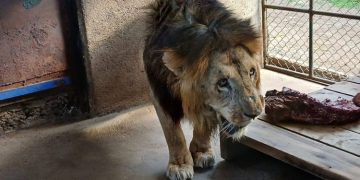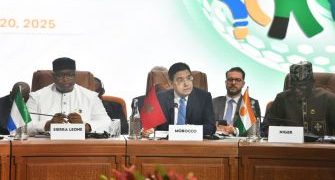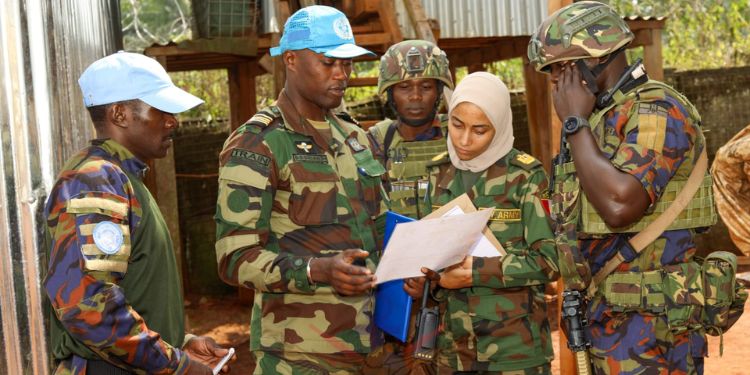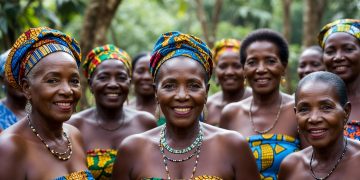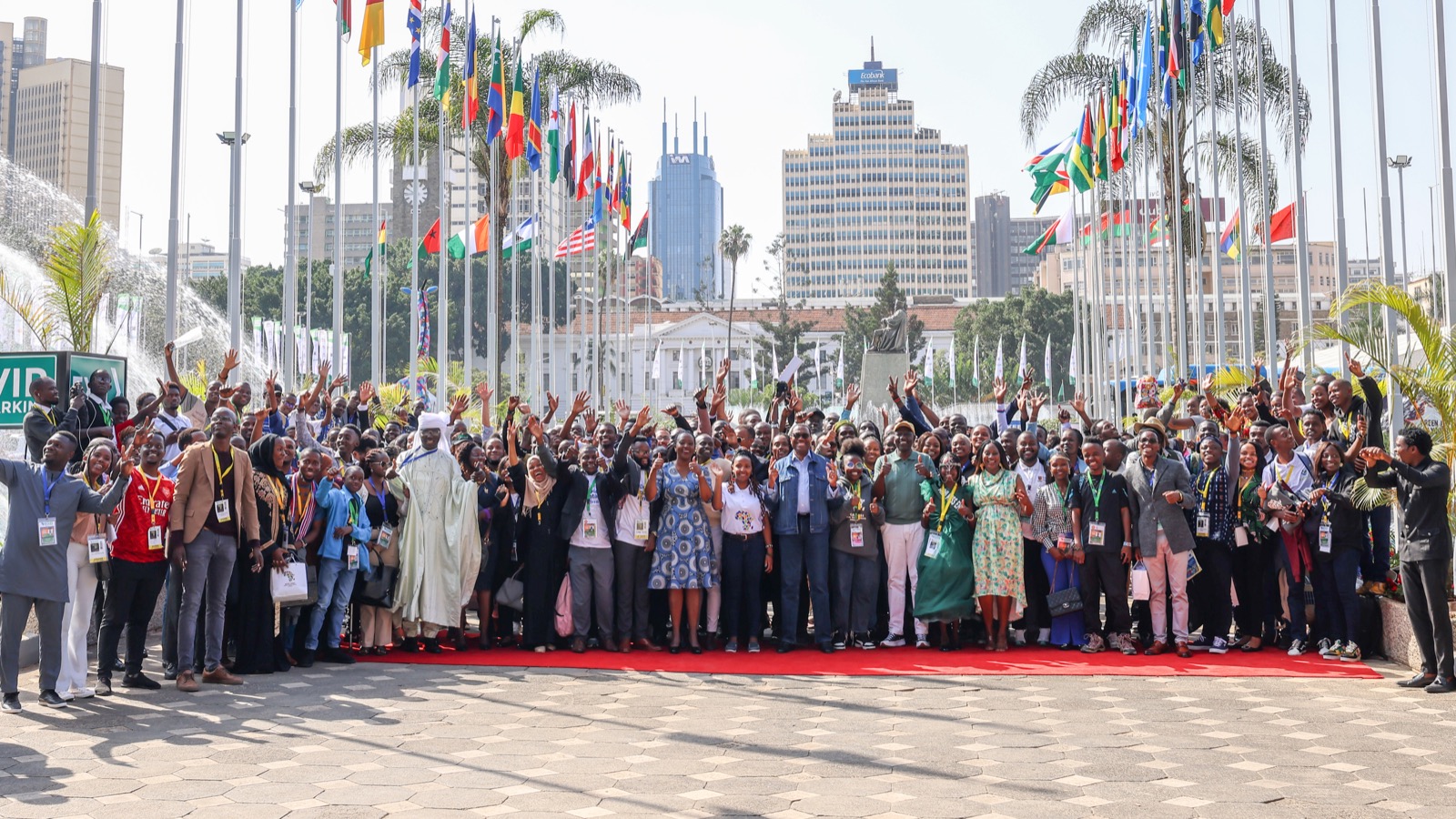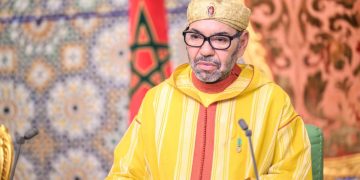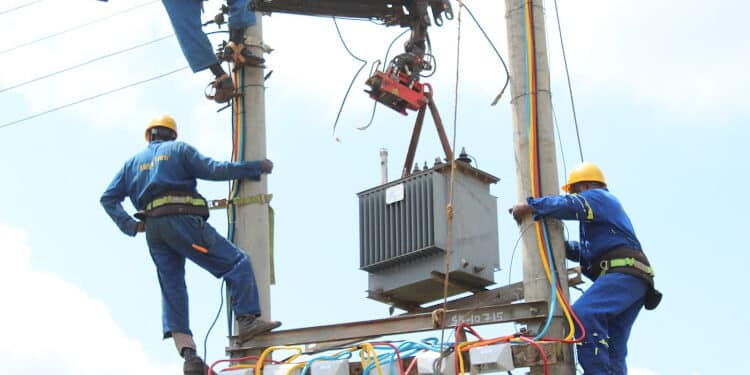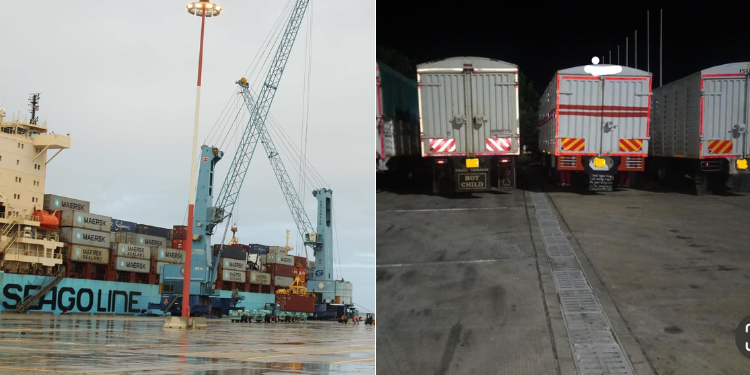As Nairobi prepares to host the 24th Summit of the Heads of State and Government of the Common Market for Eastern and Southern Africa (COMESA), Kenya is positioning itself as a key player in advancing industrialization and regional integration within the bloc.
At the 22nd COMESA Summit held in Lusaka, President William Ruto emphasized the need to shift from exporting raw or minimally processed goods towards higher-value products. To this end, Kenya is focusing on sectors that align with COMESA’s regional priorities, including agro-processing, leather and leather products, textiles and apparel, fish processing, and construction materials.
The State Department for Industry has been actively working to support this agenda by developing thirteen County Aggregation and Industrial Parks (CAIPs) to enhance value chains. It has also advanced the Kenanie Leather Industrial Park in Machakos and is reviewing the National Industrialization Policy to better align with COMESA’s industrial strategies, supported by the Buy Kenya, Build Kenya program.
Kenya’s growing trade with COMESA
Kenya’s trade within COMESA has seen steady growth, with exports increasing from $1.56 billion in 2020 to $2.64 billion in 2023, before a slight moderation to $2.56 billion in 2024. The country’s leading export markets within COMESA include Uganda, Tanzania, Rwanda, Egypt, and South Sudan, alongside expanding trade with non-EAC members such as Ethiopia and Zambia.
Kenya’s main exports to COMESA fall into five broad categories:
- Agro-based products, including tea, coffee, edible oils, cereals, sugar, and horticultural produce.
- Manufactured goods such as cement, iron and steel products, plastics, and construction materials.
- Processed foods and beverages like confectionery, dairy products, and soft drinks.
- Industrial and chemical products, including pharmaceuticals, detergents, fertilizers, and paints.
- Textiles and apparel, comprising garments, fabrics, and leather goods.
Regional integration is crucial to Kenya’s industrial development, providing expanded markets and economies of scale. It supports regional value chains in agro-processing, leather and textiles, pharmaceuticals, and light manufacturing.
Also Read: How Kenya Raised Ksh193 B Loan, Nationwide IEBC Jobs and US-Africa Trade Deal Expires
Efforts to facilitate trade include reducing non-tariff barriers through joint trade committees and mechanisms, harmonizing trade standards, and streamlining rules of origin.
Expected benefits from the Summit
The upcoming summit in Nairobi is expected to deliver tangible gains for Kenya’s industrial agenda. These include policy alignment via COMESA’s Industrialization Action Plan and commitments to harmonize standards, rules of origin, and digital trade systems.
The summit will also support the mobilization of investment to enhance the Buy Kenya, Build Kenya strategy, provide access to regional funding and skills development for SMEs, and promote infrastructure cooperation in energy, logistics, and connectivity to lower industrial costs.
Deputy President Kithure Kindiki, who was speaking during the 8th COMESA Business Forum on Tuesday, October 7, stated that the government is enhancing the trade sector through value addition, improved infrastructure, and sea freight to reduce emissions and support climate change initiatives, despite market and water challenges.
“Tomorrow, Kenya is assuming the chairmanship of our organization, COMESA. Kenya will leverage this role to champion a new era of regional integration that uses digitalization to deepen value chains for sustainable and inclusive growth,” DP Kindiki said.
“While significant challenges like competition from other export markets, water scarcity, high cost of air freight, disruption of supply chains resulting from perilous ocean security threats around the Red Sea, the Government of Kenya is supporting the sector through development of value addition, infrastructure, and shifting to sea freight to reduce the carbon footprint.”
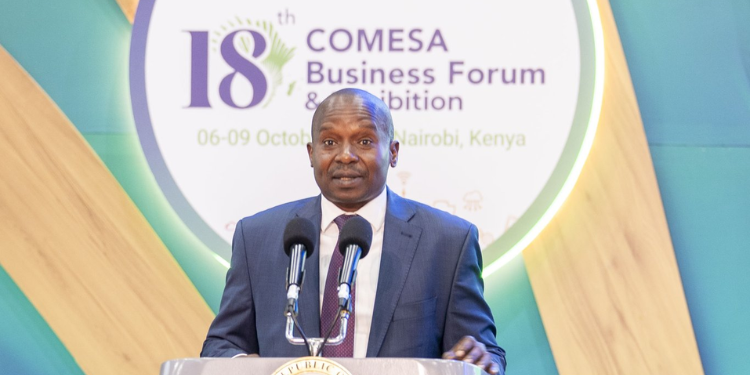
As the host, Kenya will assume the rotating chairmanship of COMESA, taking a leadership role in steering the bloc’s economic and trade agenda for the coming year.
Also Read: Kenya Moves to End Raw Exports as Talks for Regional Currency Gains Momentum
Key priorities under Kenya’s leadership will include eliminating non-tariff barriers to expand market access, boosting cross-border infrastructure to reduce business costs, promoting sustainability and green growth aligned with regional climate goals, and enhancing food security through agricultural reforms and agro-processing value chains.
Intra-COMESA trade context
Since its establishment in 1994, COMESA has fostered regional cooperation in trade, infrastructure, and economic policy. Intra-COMESA trade has increased from $10 billion in 2020 to $14 billion in 2023, representing a 40% rise over the three-year period. Kenya remains a vital trading partner within the bloc, accounting for a 16% share of intra-COMESA exports with $2.18 billion in exports in 2023.
Kenya’s key export destinations in COMESA include Uganda, the Democratic Republic of the Congo (DRC), and South Sudan. The country primarily exports manufactured products, including cement, steel, plastics, and packaging materials, as well as processed foods such as wheat flour and edible oils, along with chemicals, lubricants, and textiles.
In return, Kenya imports commodities such as maize, wheat, and sugar, as well as raw materials like cotton, hides, and skins, and manufactured goods like paper and steel products from its COMESA partners.
With digitalization as a central theme of the summit, Kenya is leveraging technology to drive industrial growth and regional trade. Initiatives include expanding e-commerce platforms for SMEs, digitizing customs and border processes to reduce delays, promoting Industry 4.0 technologies through innovation hubs such as KIRDI, and building digital skills for the future workforce. Kenya also supports regional data-sharing frameworks aimed at transparent and competitive value chains.
Follow our WhatsApp Channel and X Account for real-time news updates
